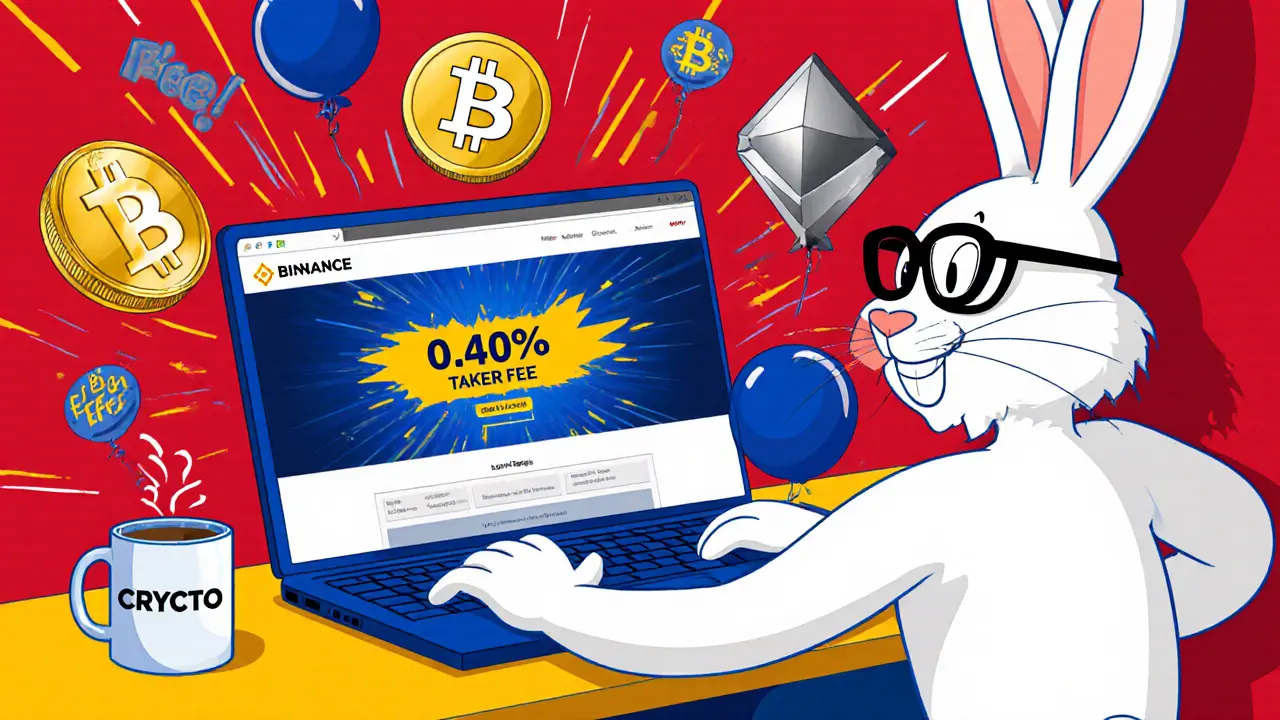US Crypto Exchange – What You Need to Know
When talking about a US crypto exchange, a digital platform that lets users buy, sell, and trade cryptocurrencies while following United States laws. Also known as American crypto exchange, it offers fiat on‑ramps, regulated KYC, and often higher security standards. If you’re hunting for a place to move your dollars into Bitcoin, Ether, or any of the newer tokens, you’ll quickly see why the American market stands apart. The mix of strict oversight, deep liquidity, and aggressive innovation creates a unique environment that shapes everything from fee structures to the way security is built.
One of the first things you’ll notice is how exchange fees, the charges applied for trading, withdrawals, and deposits on a platform differ from exchange to exchange. Maker‑taker spreads can range from 0.00% on high‑volume venues to 0.25% on niche platforms. Withdrawals may be free for certain coins but carry flat‑rate charges for fiat moves. Many US exchanges also offer tiered discounts based on 30‑day trading volume, so heavy traders can shave off a few basis points. Understanding these nuances helps you avoid hidden costs that can eat into your profits, especially when you trade frequently.
Security is another deal‑breaker. In the US, security protocols, the technical and procedural safeguards that protect user assets and data often go beyond basic two‑factor authentication. Leading platforms embed hardware‑level key management, insurance funds for hot‑wallet breaches, and regular third‑party audits. Some even enforce biometric checks or adaptive behavior‑based authentication that flags abnormal login patterns. When you combine these measures with the regulatory pressure to maintain robust AML/KYC, the result is a generally safer playground for both retail and institutional participants.
The regulatory backdrop can feel like a maze, but it’s the glue that holds the US ecosystem together. US crypto regulation, the set of federal and state rules governing digital asset businesses, including FinCEN registration, SEC compliance, and state‑level money‑transmitter licenses forces exchanges to verify identities, report suspicious activity, and sometimes even restrict certain token listings. This means you’ll rarely see unregistered securities or outright scams on reputable US platforms. On the flip side, the compliance burden can lead to longer onboarding times and occasional geographic restrictions for users in high‑risk states.
Liquidity and token coverage are practical metrics that directly affect your trading experience. US exchanges typically boast deep order books for major pairs like BTC/USD, ETH/USD, and a growing selection of DeFi tokens. The presence of institutional market makers ensures tight spreads, which is crucial for day traders and arbitrageurs. At the same time, many platforms have started listing emerging assets—such as layer‑1 projects, utility tokens, and even tokenized stocks—once they clear the regulatory checklist. This blend of depth and breadth gives you the flexibility to hop between established assets and newer opportunities without hopping across multiple sites.
User experience (UX) often decides whether you’ll stick around. Modern US exchanges invest heavily in intuitive web dashboards, responsive mobile apps, and robust customer support channels. Features like real‑time charting, customizable alerts, and integrated tax reporting tools can save you hours of manual work. Some platforms also provide educational hubs, allowing beginners to learn the ropes while seasoned traders enjoy advanced order types like stop‑limit, iceberg, or algorithmic bots. The combination of a slick interface and practical utilities makes the trading journey smoother for everyone.
Looking ahead, the US market is rapidly embracing hybrid models that blend centralized exchange (CEX) strengths with decentralized finance (DeFi) flexibility. Expect to see more custodial services that give you direct on‑chain control, built‑in staking options, and cross‑chain bridges that let you move assets without leaving the platform. These trends aim to capture the best of both worlds: the security and compliance of a regulated exchange plus the innovation speed of DeFi protocols.
US crypto exchange enthusiasts will find the collection below packed with deep dives, reviews, and actionable tips that reflect all these angles. From fee breakdowns and security audits to regulatory updates and user‑experience critiques, the articles are organized to help you make an informed choice for your next trading hub. Dive in and discover which platform aligns with your goals, risk tolerance, and preferred level of involvement.

